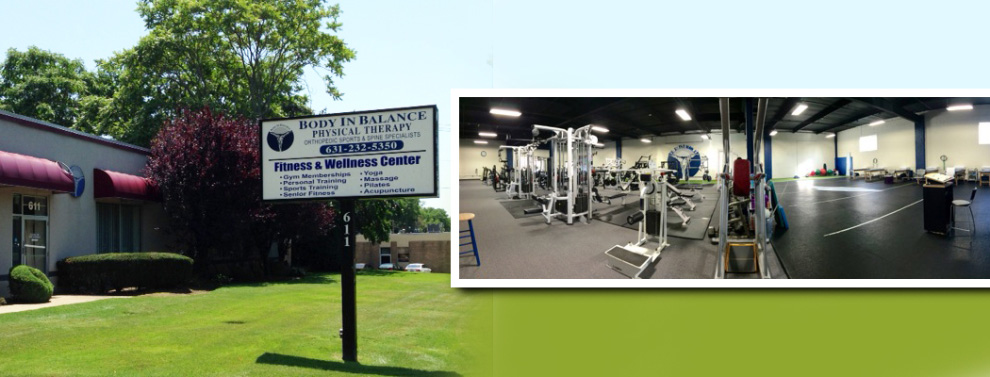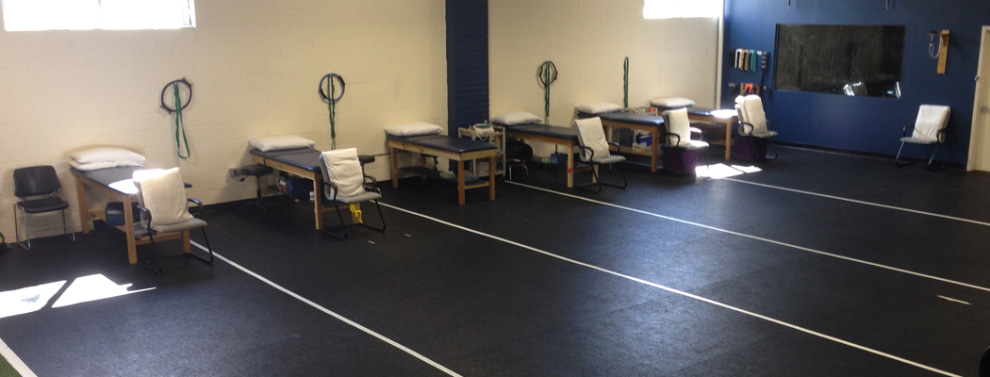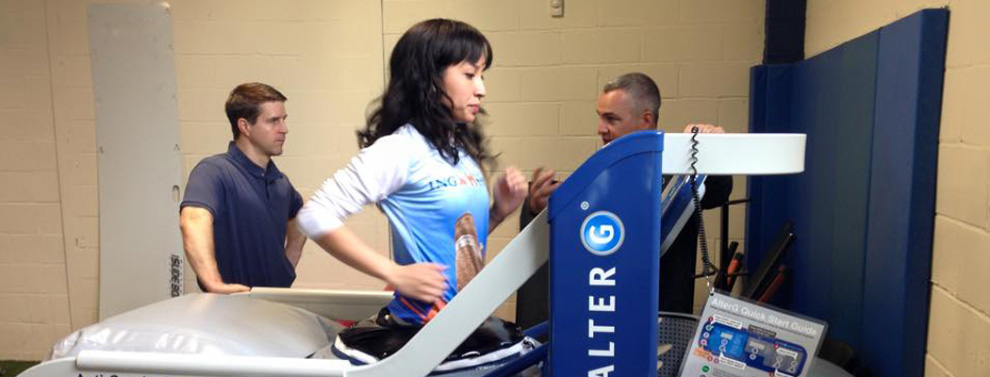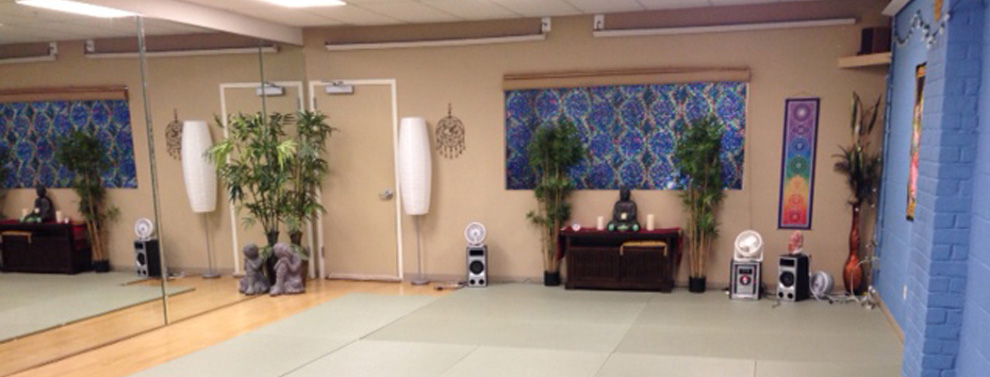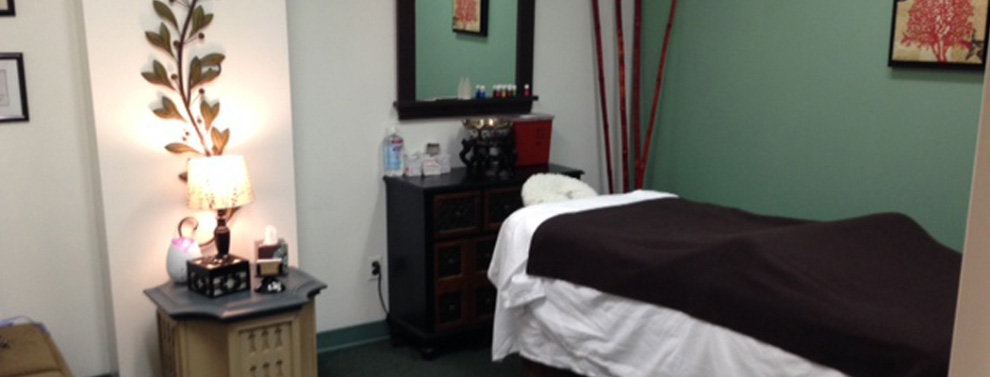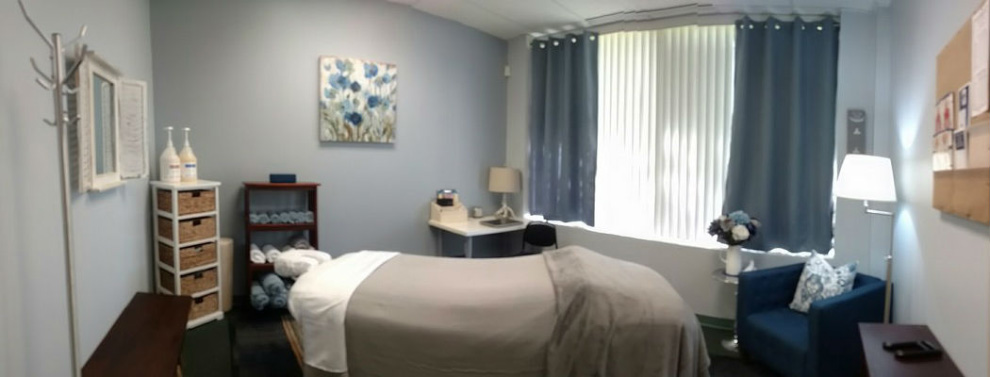Designed to improve flexibility, build strength and develop control and endurance in the entire boy, Pilates is a method of exercise using controlled movements.
It emphasizes alignment, breathing, developing strength and improving coordination and balance.
It allows for different exercises to be modified to accompany varying levels of fitness. Intensity can be increased over time as the body conditions and adapts to the exercises.
 WHAT ARE THE BENEFITS?
WHAT ARE THE BENEFITS?
Pilates can strengthen, realign and balance the body without stress or strain. You will gain muscle without bulk and develop your body uniformly. Benefits include:
- Flexibility, strength and alignment
- Build lean muscle tone
- Relief from back, neck and joint pain1 6
- Enhanced sports performance
- Improved posture
- Stress reduction
- Develops a strong core
- Creates an evenly conditioned body
- In conventional workouts, weak muscles tend to get weaker and strong muscles tend to get stronger. The result is muscular imbalance – a primary cause of injury and chronic back pain. Pilates conditions the whole body – even the ankles and feet. No muscle group is over trained or under trained. Your entire musculature is evenly balanced and conditioned, helping you enjoy daily activities and sports with greater ease and less chance of injury.
- Trains efficient patterns of motion
- Pilates exercises train several muscle groups at once in smooth, continuous movements. By developing proper technique, you can actually re-train your body to move in safer, more efficient patterns of motion – invaluable for injury recovery, sports performance, good posture and optimal health.
- Improves the mind-body connection
- The Pilates method gets your mind in tune with your body. By emphasizing proper breathing, correct spinal and pelvic alignment, and complete concentration on smooth, flowing movement, you become acutely aware of how your body feels, where it is in space, and how to control its movement. The quality of movement is valued over quantity of repetitions. Proper breathing is essential. Correct breathing helps you execute movements with maximum power and efficiency. Last but not least, learning to breathe properly can reduce stress.
- One of the safest workouts you can use
- No other exercise system is so gentle to your body while giving it a challenging workout. Many of the exercises are performed in reclining or sitting positions, and most are low impact and partially weight bearing. The Pilates method is so safe, it is used in physical therapy facilities to rehabilitate injuries.
- Considered ultimate “calisthenic exercise series”
- Increased hamstring flexibility, abdominal and upper-body muscular endurance">4
WHAT IS PILATES? (Puh-LAH-tees) is a group of mild resistance control exercises designed to strengthen and stretch muscles and release tension without putting stress on the joints. Because your mind is engaged with your body to perform the movements correctly, you gain a new awareness of muscle function and control. With over 500 exercises developed by Joseph Pilates, a pilates workout develops the body with balance; it is engaging and fun, yet it functions equally well as a rehabilitation program. People leave their sessions feeling relaxed, refreshed, and invigorated.
MAT AND EQUIPMENT BASED EXERCISES can be done on the floor or on specially designed equipment. These hand-crafted pieces of equipment are constructed with variable spring resistance which builds defined long and lean muscles while increasing range of motion and flexibility. The equipment work evolved from Pilates’ original mat work, which was difficult as a result of the relationship of gravity on the body. However, on the apparatus, springs and gravity can be manipulated to challenge an individual’s command of their body. The apparatus can also assist an injured individual to be able to complete movements successfully, aiding in a safe recovery. The key is to reintroduce movement with nondestructive forces to hasten the healing process. The method has a devout following among people who have seen their bodies become stronger, more flexible and better balanced. From the dance community, to Hollywood, to a popularized form of exercise, Pilates has also evolved into a well respected form of rehabilitation in the medical field. Best of all, it is a non-impact workout that’s good for anyone, regardless of age or fitness level.
 PILATES FOR GENERAL FITNESS AND REHABILITATION:
PILATES FOR GENERAL FITNESS AND REHABILITATION:
Pilates is appropriate for fitness enthusiasts as well as those recovering from injury. This form of exercise can be helpful for conditions including:
- Herniated Discs
- Osteoporosis
- Sciatica
- Multiple Sclerosis
- Stroke
- Pelvic Floor Dysfunction
- Chronic Pain
- Stenosis
- Spondylolisthesis
- Joint Pathology5
- Breast Cancer3
- Arthritis
- Pregnancy
Trained from a physical therapists point of view, our Pilates instructor(s) are able to communicate with your physical therapist in order to best devise a pilates program that is appropriate for you pathology, and ultimately helps your body to heal. In addition, pilates sessions are an excellent way to maintain and build upon the strides achieved in therapy after the patient has been discharged. Practicing pilates can reduce the chances of injury recurrence, and helps to correct patterns of misuse.
|
|
Wendy Southard, Certified Pilates Instructor Wendy has been a sports enthusiast much of her life. Her belief is the more types of activity, the better. She runs, bikes, and practices yoga daily. Wendy was introduced to Pilates when she was recovering from a back injury and found it very beneficial. She went on to study Pilates under world-renowned Real Isacowitz, founder of BASI Pilates. Karen Clippinger, an expert in Kinesiology was also one of Wendys teachers. She has also studied with Balanced Body and has taken continuing education classes in Pilates for the Athlete, as well as classes in the management of back pain. She previously worked in New York City and became popular with dancers and yoga enthusiasts. Wendy is very excited to be working closer to home on Long Island at Body In Balance Physical For inquiries please call (631)559-9288 or email pilatesclassique@yahoo.com. |
CURRENT LITERATURE IN SUPPORT OF PILATES EXERCISE:
